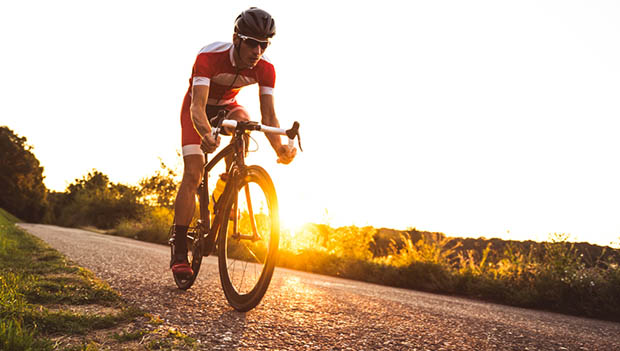
Cycling cadence is the number of pedal revolutions per minute. Efficient cycling is a delicate balance of power, speed and pedal stroke. To say that there is a "one size fits all" formula would be like saying there is only one best pizza topping for everyone.
"Cadence is a tool in the toolbelt to efficiently meter out your effort and energy," says Justin Green, a USA Triathlon Level 1 TriDot Coach and assistant head coach at Austin Aquatics and Sports Academy. When your cadence is too high, you're quickly taxing your cardiovascular system without much bang for your buck.
Think about this common scenario: You're beginning a long hill climb and when you can no longer keep up with the cadence, you quickly drop it down to the small chain ring (easy gear) only to start spinning out of control with almost no resistance. Believe it or not, it's a mistake that both rookies and veterans alike make. Sure, your cadence is super high, but are you getting very far?
Consider the opposite scenario of climbing that same hill. Have you ever tried to keep it in an extremely hard gear the whole time? Your cadence drops significantly, you may have to hop out of the saddle and you find yourself "grinding" instead of "spinning." Sure, you may get up that hill faster but at a significant cost to your muscles and aerobic engine. In both scenarios, you've gassed yourself without much gain.
Learning how to properly manipulate cadence, gearing and power takes practice and training. You want to maximize your power potential while still maintaining appropriate force on the pedal. But how do you find this elusive sweet spot? It depends on many factors.
The Goal of the Ride
"Cadence comes down to the nature and metabolic requirements of the event," Green says. "Are you going for a steady state or all-out effort? Is it a long-distance race like IRONMAN or a short sprint?"Long course cyclists and triathletes should seek more of a steady-state, higher-cadence effort. Not only will it limit both muscular and cardiovascular fatigue, but it will set you up for a crisp high-cadence run off the bike as well. A higher cadence ride is also beneficial on a recovery session to facilitate the eradication of any lactic acid build-up from previous strength sessions. If you are a crit rider, you will also want to do some higher cadence sessions to assist in preparation for accelerations and breakaways.
When is a Slower Cadence Optimal?
A slower cadence is ideal when you are building muscular strength and endurance. Time Trial specialists, for instance, rely heavily on maximizing and leveraging power, and comfortably pushing a bigger gear is vital to their success. "Over-gear" training sessions are done in a big gear with lower cadence to work on improving power and strength. Another lower cadence workout great for building muscular strength is doing hill repeats in a lower cadence. This can be done outdoors on a long steady climb or simulated on a trainer. The goal is to keep your heart rate as low as possible while still pushing the big gear.Your Body's Physiology and Metabolic Efficiency
In general, lighter athletes tend to be more efficient and comfortable with a higher cadence because their aerobic capacity is usually greater than their muscular strength. Larger athletes, conversely, often possess more muscular strength and therefore may gravitate and feel comfortable riding at a lower cadence. They can simply push more power at this lower cadence."Metabolic efficiency is also determined by your level of expertise and experience," Green says. As you can imagine, a newer cyclist or triathlete may not possess the power, muscular strength or technical ability to ride efficiently for long distances at a lower cadence. That sweet spot, he says, is discovered only after years of training both your muscular and cardiovascular systems.
- 1
- of
- 2


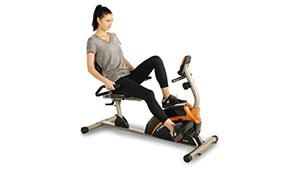


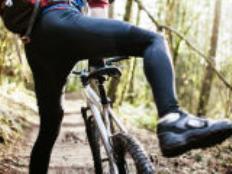
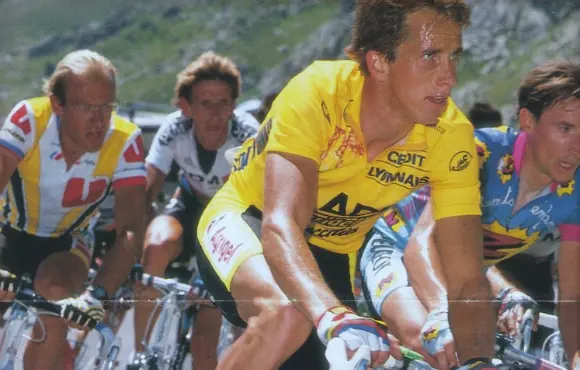
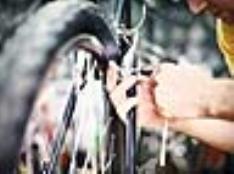
Discuss This Article